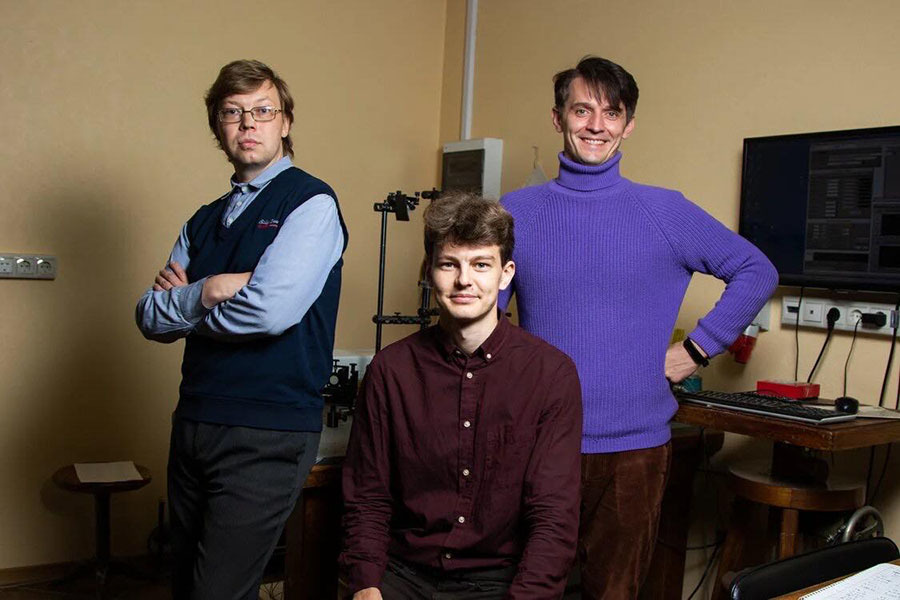Employees of the Department of Chemistry, Moscow State University M.V. Lomonosov created a computer program that allows you to quickly determine the composition of the samples studied using laser radiation. This was reported by the press service of the university.
A method for identifying chemical elements and determining their concentration in the spectrum of a laser plasma was previously known - it is called laser-spark emission spectroscopy (LIES). Under the influence of high-power laser radiation, an avalanche-like ionization of the test substance takes place, a plasma is formed, by the light wavelength of which one can determine the composition and other parameters of the sample. This method of identifying elements is universal for the analysis of solid samples, liquids, gaseous media, suspended dust and aerosols.
However, LIES has a number of serious limitations and shortcomings, in particular, high background radiation and low sensitivity. Scientists also required numerous preliminary measurements, and further analysis of the spectrum of the laser plasma could take many hours and even days.
Chemists at Moscow State University have developed a computer program that calculates the parameters of a laser plasma and determines the composition and concentration of chemical elements in an evaporated sample in just two milliseconds. According to the researchers, the work on spectral analysis is greatly simplified due to the ability to set presets before the experiment.
- Authors of the computer program for spectral analysis of laser plasma: Andrey Popov, Sergey Zaitsev, Timur Labutin (from left to right)
- © Alexandra Kucherova, Moscow State University
The adjustment is carried out according to a number of basic parameters: temperature, electron density, plasma mass and fractions of components in the mixture.
According to Russian chemists, their method is applicable to detect most of the elements of the periodic table. The proposed computer model allows you to expand the list of analyzed objects, the researchers note.
Using the new method, it is possible to determine traces of silver in ores, as well as to establish the carbon content in steels. The new spectrum recognition algorithm proposed by scientists allows, among other things, the determination of rare-earth elements directly in the rocks.
“We have shown that the method can determine light rare earth elements in the sample at the level of 6 ppm (millionths of the test substance. - RT ),” said research assistant professor Timur Labutin.

